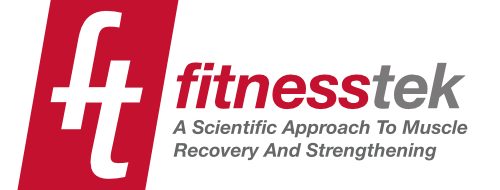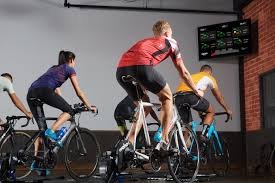How to Tell if A Cycling Class is Any Good
Indoor cycling is incredibly popular, therefore pretty much every fitness club has some form of indoor cycling.
However when it comes to indoor cycling, not all classes are created equal. While there isn't anything wrong with basic fitness club spin classes, you want to find one that challenges you.
If you are a cyclist or triathlete you want to find a class that's actually going to improve your performance. But how do you find out whether a cycling class is good or not? What are some of the basic signs?
#1: Specificity
The fact that you are pedaling is a great starting point, but there's more to cycling than that. Honestly most classes have little to do with actual cycling performance. While this is great if you are just in it to burn a few hundred calories, it's not so great if your goal is improvement.
If you’re looking to a class to improve your performance on the road or trail, you need workouts that target the energy systems and power demands of actual cycling. However, these classes can be a bit harder to find. After all, effective interval sets are often not the most entertaining, crowd-pleasing kind. So if your goal is to improve your cycling performance look for a class who targets those energy systems.
#2: Progression
This is another element that's pretty hard to find when it comes to cycling classes. The reason this element is so rare is because the same people must come back week after week. Not only that, but the workload must be tailored to each participants developing fitness.
In a standard health club model, classes need to be accessible to anyone at anytime. Because of this, the programs tend to be a bit more static and inconsistent. Which is why it's so hard to find classes with the progression element. Finding a class with progression can be pretty difficult, but its worth it in the long run.
#3: Individuality
This is where technology comes into play. The absolute best indoor cycling classes use power meters, whether that’s in the form of Wahoo KICKRs or other smart trainers, power-equipped stationary bikes, or personal bikes with power meters. The best among those also set individual power training ranges for each athlete. The next-best scenario is a class that uses heart rate monitors and individual training intensities. The self-selected “turn the knob to the right” method is OK, but certainly not optimal.
#4: Overload and Recovery
Indoor cycling classes generally fall into two categories: Sweat fests and Structured Workouts. Both have their merits, and I understand the psychology of the Sweat fest fan’s desire to reach the end of a class thoroughly exhausted, but I prefer the Structured Workout approach. Many times the Sweat fest feels excruciatingly difficult, but due to inadequate recovery periods, your perceived exertion level is through the roof but your actual power output is too low to lead to improved fitness. Check in with the instructor: if the primary feature of the workout is that it’s ridiculously intense, but he or she can’t identify what you’re actually going to get out of it, find a different class.
The Takeaway
It can be pretty difficult to find a cycling class that challenges you, but it's not impossible. If you look for classes with progression, specificity, and individuality you are on the right path. So make sure to choose a spin class that improves your performance, it's definitely worth it!


